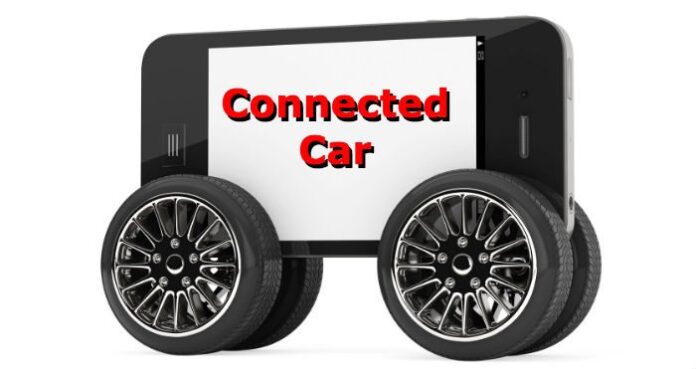Today’s DSRC technology will enable self-driving cars
Just when you thought smart cars were a thing of the future, it turns out the future is already here. Cars that communicate with each other, with roadside infrastructure, even with their drivers – this isn’t just the stuff of stories anymore. Instead, it’s the result of dedicated short-range communications technology, a data-only communication protocol that allows cars to connect.
Jenny Köngberg, VP Head of Intelligent Transport Systems at Ericsson talks navigation, infotainment, and remote services technology in connected cars.
Originally designed with vehicle safety in mind, DSRC works a little like Wi-Fi, alerting drivers to any hazards or risky road conditions, giving the driver enough advance warning to react. In the case of connected cars, however, the driver and the vehicle are the same thing. Importantly, the vehicle is able to react more quickly than its own built-in sensors. There are two distinct categories of DSRC: vehicle-to-infrastructure and vehicle-to-vehicle. While V2V won’t be widely adopted until a substantial number of cars on the road actually have built-in DSRC systems, V2I is already prevalent. Think, for instance, of electronic toll collection, which allows the vehicle to transmit its particular data to the collection system. Importantly, V2I is set to make headway in increasing the operational efficiency of transportation networks. Linking vehicles together on a network can increase capacity on highways and roads; those cars can then, in turn, talk to the infrastructure – traffic signals and real-time traffic data, for example – to determine the best available routes based on up-to-the-minute conditions.  Source: Clemson University Vehicular Electronics Laboratory
Source: Clemson University Vehicular Electronics Laboratory
The idea of alleviating congestion on crowded urban roadways and improving safety is an attractive one, so it’s no wonder that companies like Ericsson are eager to talk about their intelligent systems. Even though V2V hasn’t yet hit the big time, the driving public can look forward to a number of useful applications. Among the most critical is a warning of possible obstacles and danger ahead. As infrastructure sends a warning, a vehicle can then communicate that warning to another vehicle – and that information can be passed on from car to car. DSRC technology also allows cars to relay information to each other about emergency vehicles ahead or behind, slow-moving vehicles, even nasty weather, such as icy road conditions. A car that hits black ice, for example, can alert other cars and warn them to either slow down or avoid certain areas.  Source: Clemson University Vehicular Electronics Laboratory
Source: Clemson University Vehicular Electronics Laboratory
But maybe the most widely anticipated perk of DSRC technology is the ability to warn the driver before an accident happens – backing up in a parking lot, merging onto a highway, turning onto a busy street – and thereby avoid it altogether. There are cars with that type of capability on the market now. Some, for example, issue a loud beep when a car is backing up and there’s something in the way, or a car is changing lanes and there’s another vehicle in the way. But these are early adopters and their features are accordingly limited. Eventually, as companies like Ericsson and Google develop even more sophisticated DSRC technology, cars will be driving themselves. The upside is that vehicles won’t have to give their drivers a heads-up; they’ll just warn each other.

